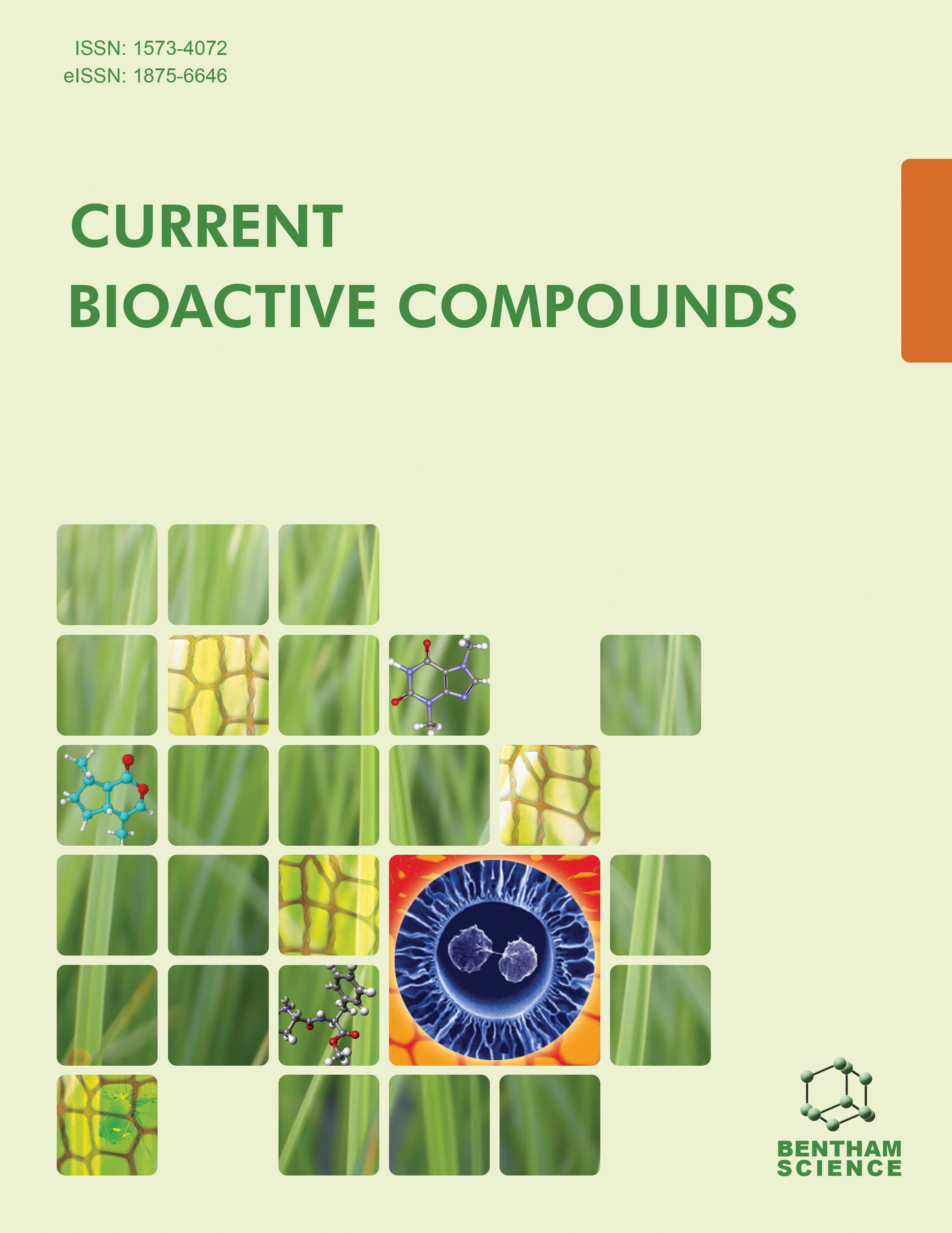
Full text loading...
We use cookies to track usage and preferences.I Understand
Rosmarinus officinalis is considered one of the famous plants from ancient times for its therapeutic ability in many diseases, such as headache, spasms, brain disorders, and some pathological conditions associated with toxicity cases in the liver and kidneys.
The current research has aimed, for the first time, to evaluate anti-urolithiatic effect of Rosmarinus officinalis aqueous extract (RMAE) on calcium oxalate stones formation in male rats and its possible therapeutic mechanisms of action. Evaluation of total phenolic and flavonoid contents in the extract was also performed.
A calcium oxalate nephrolithiasis case was established in rats by adding ethylene glycol (1%) to the rats' daily drinking water for a duration of one month. Treatment was achieved by oral co-administration of RMAE to rats administrated ethylene glycol.
Phytochemical results showed that LC/MS-MS analysis led to the identification of 37 compounds in the phytoconstituent profile of RMAE. The biochemical results revealed significant improvement in serum kidney functions (urea, creatinine, and uric acid) in addition to restoring the calcium x phosphorous product and parathyroid hormone (PTH) levels in the plant-treated group compared to the non-treated one. The data have been supported by the significant decrease in lactate dehydrogenase enzyme (LDH) expression in the liver tissues, reflecting the decrease in oxalate synthesis in the liver compared to the non-treated group. Kidneys' histological examinations showed the absence of oxalate crystals in the treated group and the immunohistochemical findings of osteopontin (OPN) protein revealed the impact of RMAE on OPN expression in kidney tissues. Improvements in the femur bone fractures and the parathyroid gland in the treated group were also noticed during microscopic examinations.
The anti-lithiatic effect of the extract was attributed to its influence on serum phosphate, serum PTH, and OPN levels in kidney tissues and decreasing synthesis of LDH in liver tissues in addition to the prevention of secondary disease incidences, such as secondary hyperparathyroidism and cardiovascular diseases. On the other hand, the plant's considerable content of phenolics and flavonoids has been found to play a role in controlling kidney stone progression episodes.

Article metrics loading...

Full text loading...
References


Data & Media loading...
Supplements

